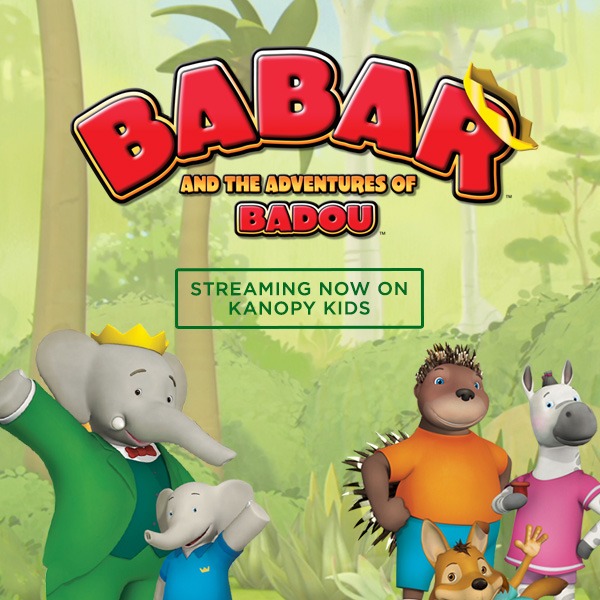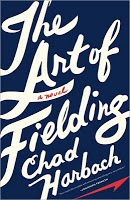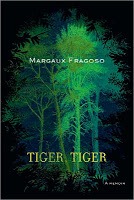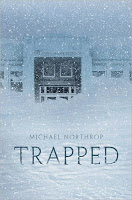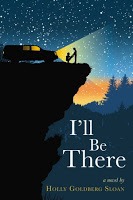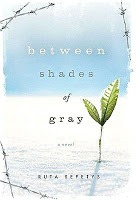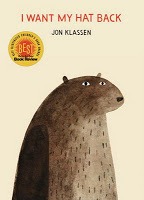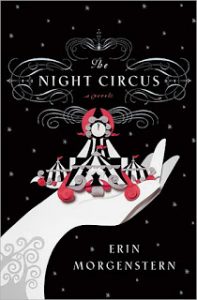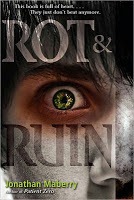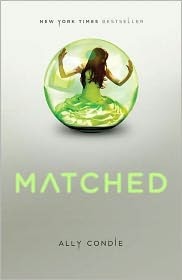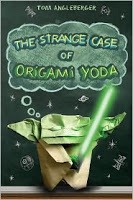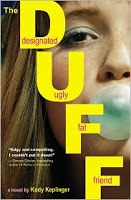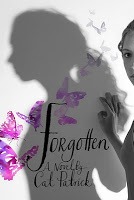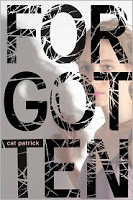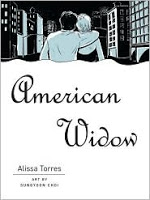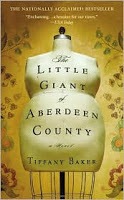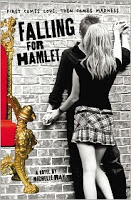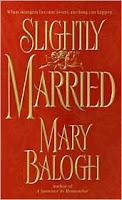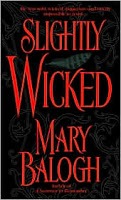Rating: 5/5 Stars
Audience: Adult
Genres: Realistic Fiction
Summary: Henry Skrimshander’s life changes forever when he catches the eye of college sophomore Mike Schwartz at a no-name summer baseball tournament. The next school year, Henry finds himself at Westish College, a small liberal arts college situated on Lake Michigan. Under Schwartz’s tutelage and with the guidance of his favorite book, The Art of Fielding, Henry hones his natural talent. By his junior year, the Westish Harpooners have become a solid ball team and Henry is attracting attention from the MLB scouts. But then a freak error injures a teammate, sends Henry into a spiral of self-doubt, and sparks changes in the lives of those connected to him. While recovering from his injury, Owen falls into a relationship that could end badly for both involved. Schwartz becomes jealous of Henry’s success and feels uncertain about his own future. Affenlight, the college president, falls in love with someone he never imagined having feelings for. And Affenlight’s daughter Pella, who has just left her husband, returns to her father in search of a new start.
Tracy’s Thoughts:
Baseball and Melville in a single book? Sign me up! And I don’t even like baseball. But anyone who can create a world where the two coexist, jocks aren’t stereotyped idiots, and the characters read has my attention. Of course, The Art of Fielding isn’t strictly about baseball (although sports-types will doubtless find much to enjoy here). So yes, it is about sports; and yes, it is a bit about academia and even literature. But at its core, The Art of Fielding is a quintessential coming-of-age novel: primarily character driven. And Harbach’s characters are superbly drawn indeed. They are complex, intellectually engaged characters, but they are also grounded in the physical world. The novel rotates close, third-person perspectives from chapter to chapter, and each voice is distinctive and authentic. As a reader, I was predisposed to dislike certain characters who shall remain nameless, and yet once I got inside their minds, I understood them and worried about them as if they were real people. Of the five main characters, only Owen doesn’t take a turn at narrating. Instead, he remains something of an enigma, but this perfectly suits his characterization.
The Art of Fielding is undeniably smart and yet it is also a fun, easy read. The pace is unhurried, almost leisurely, but the clear, unpretentious prose carries with it an energy that makes the novel utterly absorbing. Harbach’s imagery is surprising and yet, in a way, obvious. So, too, the story itself: it holds endless revelations and yet, by the end, has an inevitability about it. It all fits together perfectly, and perfectly reflects Affenlight’s own philosophy of writing:
It was easy enough to write a sentence, but if you were going to create a work of art, the way Melville had, each sentence needed to fit perfectly with the ones on either side, so that three became five and five became seven, seven became nine, and whichever sentence he was writing became the slender fulcrum on which the whole precarious edifice depended. That sentence could contain anything, anything, and so it promised the kind of absolute freedom that, to Affenlight’s mind, belonged to the artist and the artist alone. And yet that sentence was also beholden to the book’s very first one, and its last unwritten one, and every sentence in between.
Many novels—from disappointing sports novels to obscure literary tomes—purport to be the next Great American Novel. Having drawn comparisons to authors ranging from Jonathan Frazen to David Foster Wallace (though I would suggest Harbach is much more accessible), greatness perhaps loomed largely in Chad Harbach’s mind over the nine years he spent on this first novel. And yet this book never seems to take itself too seriously. In fact, frequent references to Moby-Dick are but one example of the understated, unselfconsious humor that runs throughout. At the very least, The Art of Fielding is a Really, Really Good American novel, skillfully taking on both the Great American Pastime and a classic considered by many to be THE Great American Novel. I was sorry to see it end—though the ending was completely satisfying—and I suspect that I will visit the characters and Westish College once again.



